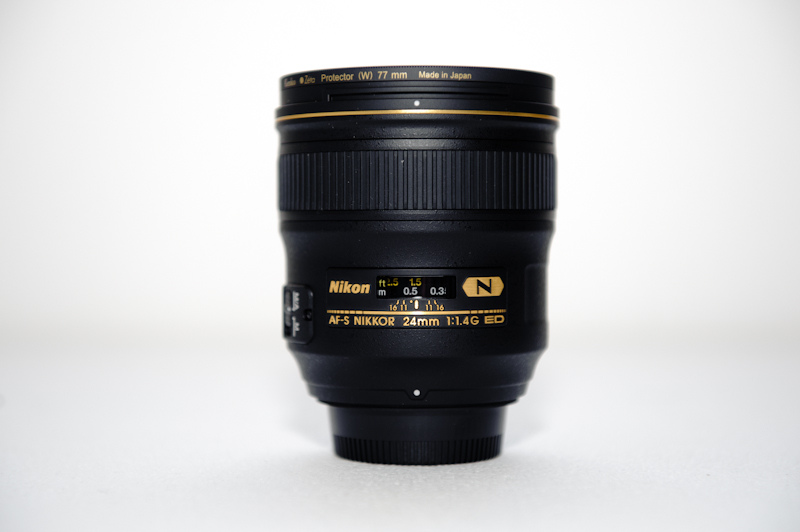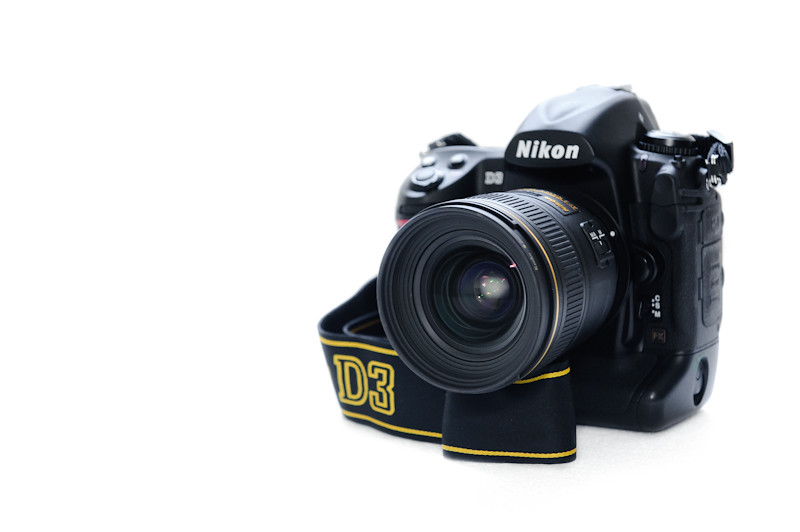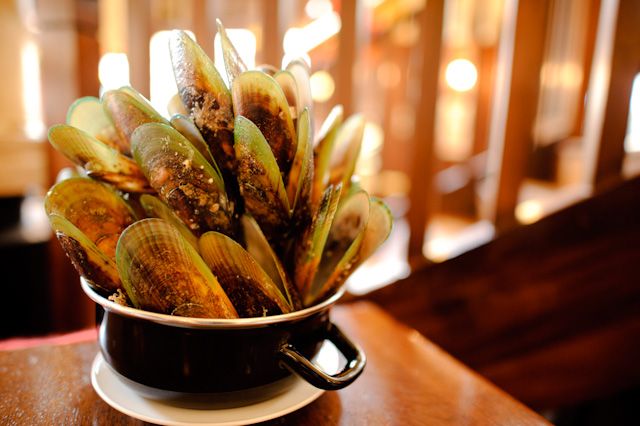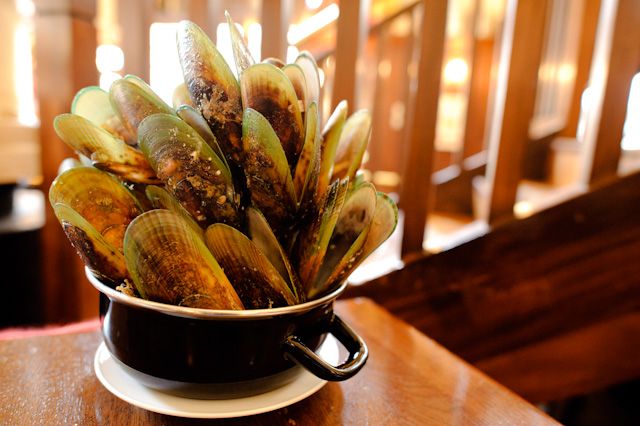If you like this post, help us share it
With the arrival of Nikon 24mm f/1.4 G and 35mm f/1.4 G, Nikon has completed its fast prime lens line up in conjunction with the recent release of 50mm f/1.4 G and 85mm f/1.4 G. Prior to this, Nikonians can only rely on the expensive 28mm f/1.4 and 35mm f/2. The long wait has come to an end and Nikon now has something to compete with Canon’s fast prime lens line up which is considered to be much older. ** run away**
The 24mm f/1.4 at wide open gets two stops more light than the state of art zoom lens 24-70mm f/2.8.
Here is the awesome Nikon 24mm f/1.4 on a D3. The lens feels nice and balance on a FX body.
Consider that the more recent DSLRs like the D5000, D90 and above have such an amazing high ISO performance, in most cases, average users can probably get away with using a slower lens like 24-135mm f/4. But there are a few aspects that you can only benefit from fast lenses such as:
-
stop action using a faster shutter speed even in low light condition,
-
create shallower DoF,
-
lower ISO to minimise image noise, and
-
capture more light at flash sync speed.
How are you going to justify the $2,199 24mm f/1.4 depends on how important these aspects are to you.
The lens itself is smaller compare to the work horse 24-70mm f/2.8. It is shorter and hence feels more balance on a FX body.
The main feature of the 24mm f/1.4 is the ability to create a shallower DoF even at wide angle.
For example, with the following settings:
@ 24mm, f/2.8 and subject distance of 3 meters, the DoF is 3.2m, compares to
@ 24mm f/1.4 and subject distance of 3 meters, the DoF is 1.4m.
With an additional 2 stops of light (from f/2.8 to f/1.4), you can drop your ISO by 2 stops. This is a huge improvement if you are shooting in low light condition like in a restaurant. Typically you will need to use ISO 1600+ and by dropping two stops means you can now shoot at ISO 400.
Shooting at wide open however is more prone to vignetting issue and typically reduces the overall sharpness of the image.
Refer to the image below taken at 24mm f/1.4. You will notice there is a slight vignetting and the image is softer compares to the second image which is taken at 24mm f/2.8. The first image however gives a better isolation to the subject. Check out the differences in Bokeh and DoF (f/2.8 vs f/1.4)
Taken with the Nikon 24mm f/1.4 @ f/1.4, ISO 400. (The DoF is actually a bit too shallow for my taste)
This image is taken with the Nikon 24mm f/1.4 @ f/2.8, ISO 1600. The image appears to be sharper than @ f/1.4
Here are some more samples taken with the Nikon 24mm f/1.4
24mm, f/1.4
24mm, f/2
24mm, f/2
Personally, I love this lens. This lens in conjunction with the 50mm f/1.4 make a very nice “travel light” combo. Of cause I would recommend to bring a close up filter too for those close up detail shots. This lens is brilliant in low light condition, sharp and contrasty overall. The autofocus is fast and very quiet. If I have to be picky, the down side is the slight vignetting at wide open.
Where can I find the equipment seen on this site?
If you find this site useful and planning to purchase any of the equipment seen on this site, please show your support by purchasing your photo equipment at B&H Photo Video or through any of the affiliate links seen on this site.









Beautiful colours & amazing dof..!
http://www.flickr.com/photos/window_man/
http://www.facebook.com/Bobsta20